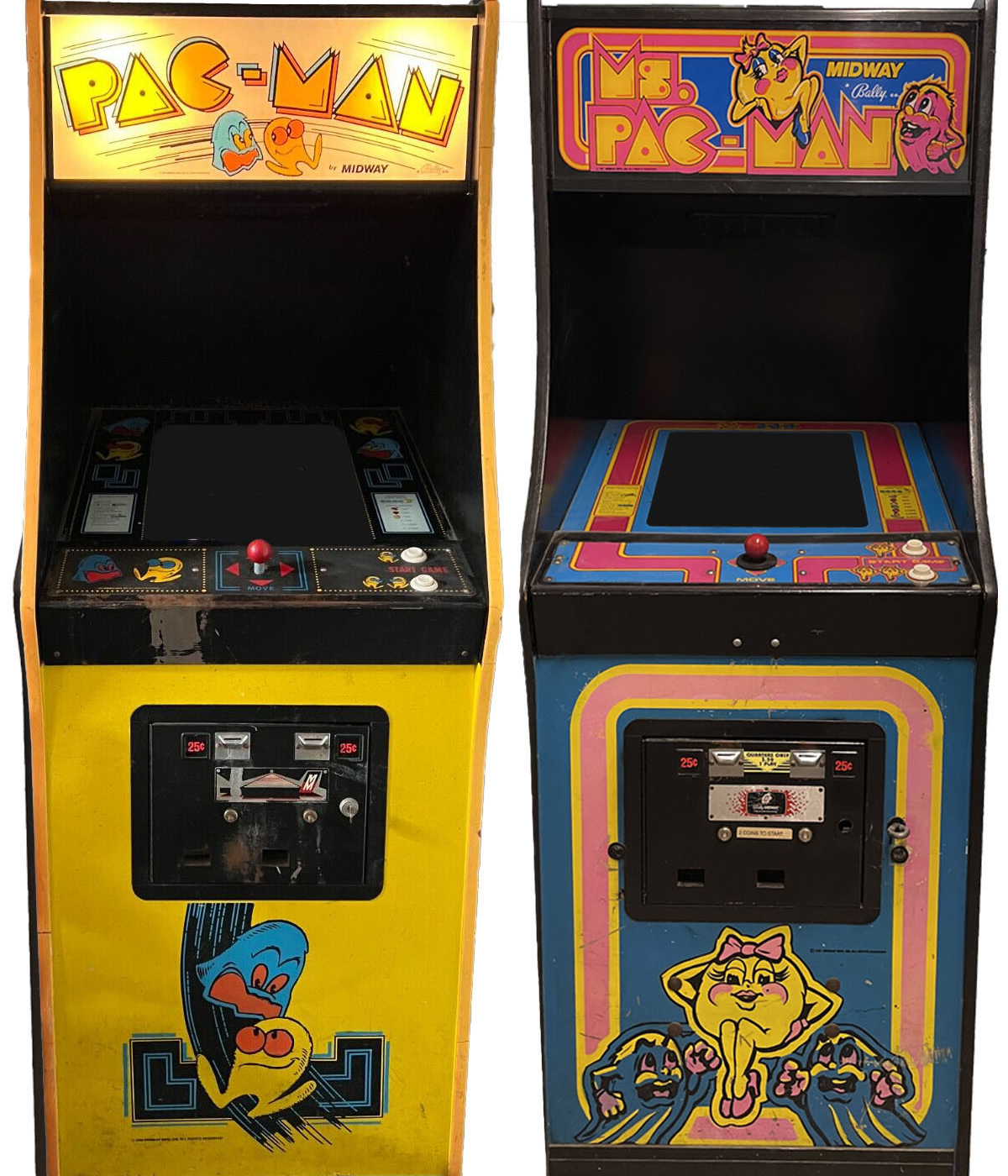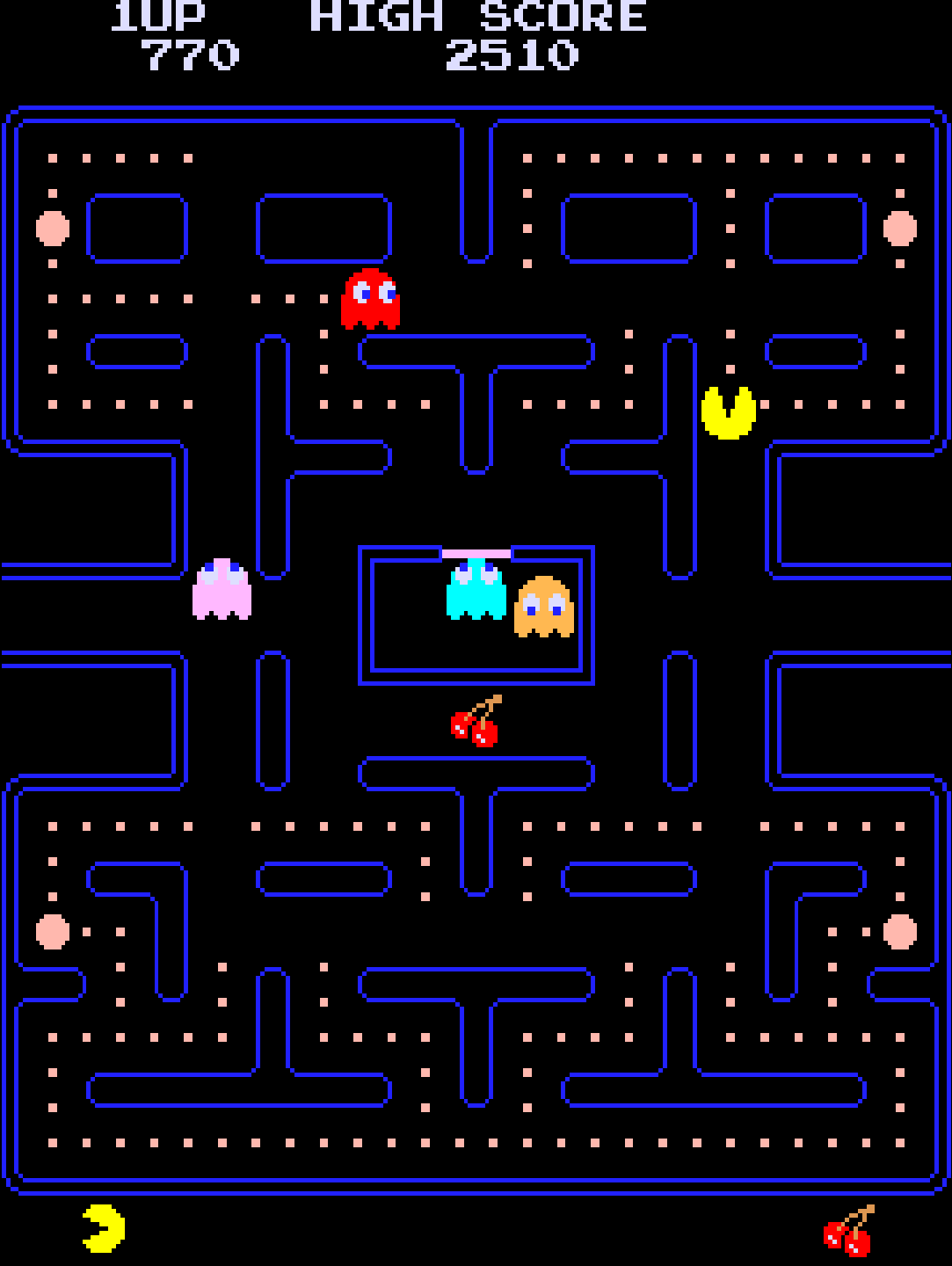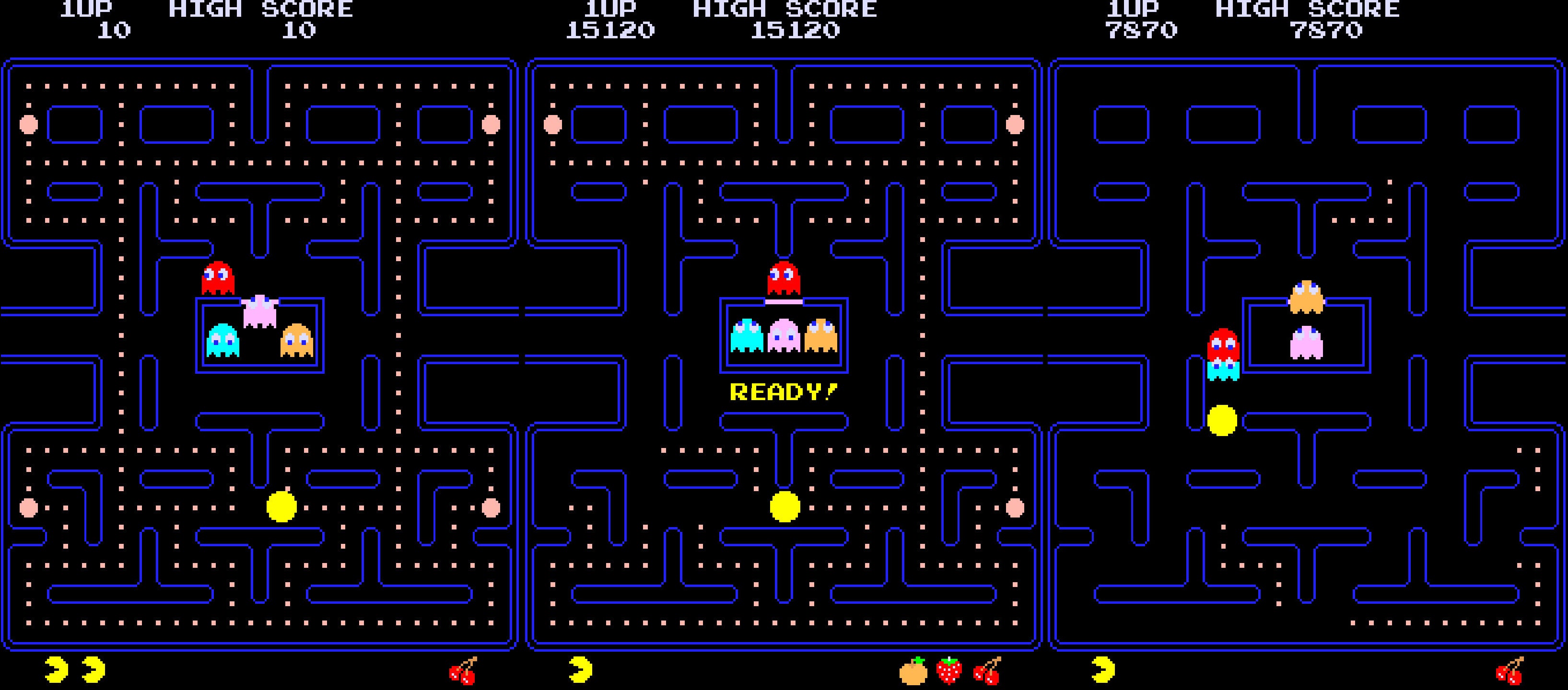Introduction: The Yellow Circle That Changed Everything
In 1980, amidst a wave of alien shooters and joystick-driven violence, a simple yellow circle with a voracious appetite quietly entered Japan's arcades. It had no buttons, no lasers, and no blood. Just food, ghosts, and a maze. That character—Pac-Man—would go on to become one of the most iconic video game figures in history. But its path to global superstardom was anything but inevitable.
This is the complete story of Pac-Man's creation, impact, and legacy. Told through the voices of those who built it, promoted it, and now protect it, this article explores how a cheerful circle came to define an entire generation—and why it still matters today.

A New Kind of Game: Vision and Design Philosophy
Tōru Iwatani didn’t want to make another game about shooting aliens. “At that time, as you will recall, there were many games associated with killing creatures from outer space,” he explained. “I was interested in developing a game for the female game enthusiast.” Rather than start with a character, Iwatani started with a verb: taberu, the Japanese word for "to eat."
“Rather than developing the character first, I started out with the concept of eating and focused on the Japanese word 'taberu', which means 'to eat'.”
This core idea shaped every aspect of the game. And then, during lunch:
“The actual figure of Pac-Man came about as I was having pizza for lunch. I took one wedge and there it was, the figure of Pac-Man.”
Pac-Man’s aesthetic was inspired by Iwatani’s love of pop art, manga, slot machines, and pinball playfields. But the purpose behind the game was just as important as the visual. “With Pac-Man, I wanted to create a game that would not upset the player. My goal was to make a game that could be enjoyed by everyone, whether they were good at video games or not.”

Gameplay: Simplicity with Strategic Depth
Pac-Man used a simple four-direction joystick. No buttons. No complex inputs. But the depth came from its AI: each of the four ghosts—Blinky, Pinky, Inky, and Clyde—behaved differently.
“Mr. Funaki thought up a way to have the four ghosts, Shadow (BLINKY), Speedy (PINKY), Bashful (INKY), and Pokey (CLYDE) all move in different ways,” Iwatani said. “When Pac-Man eats a POWER PELLET he flips the table on the ghosts... they don’t disappear once eaten, instead turning into a pair of eyes that return to the center box, regaining their ghost form.”
He described the dynamic between Pac-Man and the ghosts as a "friendly bout," likening it to “Tom and Jerry” or “Popeye.” He recalled, “They don’t get ‘eaten’ per se, but instead are bitten before running off to safety. This idea comes from that concept of creating a game that would not upset anyone.”
Even the maze evolved through testing. “The maze layout from the planning stage is different than the one that made it into the game. It used to have dead-ends and no POWER PELLETs,” said Iwatani. The team also dropped ideas like shutters and attack buttons to keep it pure and readable.

From Quiet Launch to Cultural Explosion
Upon internal testing, Pac-Man was already winning fans.
“With Pac-Man and Galaxian right before it, we had people in the office tossing their work aside to play on the test machines,” said cabinet designer Sho Osugi.
Sales were modest at first. “Sales were by no means astronomical,” recalled Akiyoshi Sarukawa, “but they were more consistent than those of Galaxian.” Six months later, demand began to surge.
Endo recalled the significance: “I knew we had made a game that could be played by all sorts of people when I saw a woman playing Pac-Man alone in a coffeehouse.”
When the game launched in the United States, it exploded. “Pac-Man released overseas half a year after it came out in Japan, and became a much more massive hit than it had domestically,” said Yoichi Haraguchi. Cabinets went from orders of 3,000 to over 30,000. “We would get a call... and find that it was because the machine would fill up with coins so fast... players couldn’t put in another coin.”

The Birth of a Mascot, and a Franchise
Pac-Man's charm was rooted in his visual design.
“I added eyes reminiscent of a classic manga style,” said character designer Tadashi Yamashita. “The reason Pac-Man has slits in his black eyes is because I designed his eyes to be an enlarged and elongated version of Pac-Man’s design itself.”
Iwatani agreed: “Pac-Man is a simple character without a worry in the world. He’s also made to be one that eats absolutely anything. I mean, he’ll even eat a police officer’s pistol. That’s just the sort of character he is.”
Pac-Man’s visual identity paved the way for explosive merchandising. As Okubo recalled, “I remember being taken aback by all the merchandise that had launched.”
Ms. Pac-Man: From Unauthorized Mod to Official Sequel
GCC originally developed Ms. Pac-Man as a mod kit.
“We thought we were being very clever, convincing them that we were going to launch this enhancement kit...” said Doug Macrae. “Then Dave [Marofske] said: 'Well, guys, how about we talk sequel rather than you selling it as an enhancement kit?'”
Marofske elaborated: “We had thought that the Ms. Pac-Man image gave the game its own identity. We changed the artwork and changed the speed and presented it to Mr. Nakamura.”
Their gamble paid off. Ms. Pac-Man became one of the most beloved sequels of all time.

Business Impact and Legal Foundations
Pac-Man didn’t just dominate arcades; it reshaped the entire video game industry. By 1982, over 100,000 Pac-Man machines had been sold in the United States alone. Its influence extended far beyond the cabinet: strategy guides lined bookstore shelves, Pac-Man graced the cover of Time magazine, inspired a Billboard hit single, and even led to a Saturday morning cartoon series. Some arcades devoted entire rows to nothing but Pac-Man, a testament to the game's unprecedented appeal.
The game's cultural and commercial footprint changed how the industry approached merchandising, licensing, and character branding. In many ways, Pac-Man became the blueprint for how video games could function as transmedia franchises.
The video game industry changed in the wake of Pac-Man’s success. But with popularity came piracy. Namco had to fight widespread bootlegging, leading to a landmark case in 1984.
Sarukawa remembered: “The judicial decision on the PAC-MAN Case in 1984... went on to form the foundation of today’s game industry.”

Conclusion: The Game That Will Never Die
Even Masaya Nakamura, founder of Namco, didn’t expect its success:
“I did not imagine that Pac-Man would be an international hit of the magnitude that it was and is to date. People know Pac-Man. People who don't even know about video games know about Pac-Man.”
Miyakawa looked toward the future:
“If you think about it in terms of human age, we still have so much life in front of us at age 40.”
Pac-Man's maze was never a dead end. It was a beginning. And four decades later, the world is still playing.
Sources & Further Reading
- The Ultimate History of Video Games by Steven Kent
- Bandai Namco’s official 40th anniversary developer interviews (Parts 1–3)
- Attract Mode by Jamie Lendino
- Electronics Games Issue 3 (May 1982)
Want to Go Deeper Into Arcade History?
If this Pac-Man article left you craving more, dive into the complete stories behind some of the most iconic arcade genres and franchises. These articles explore the rise, innovation, and legacy of the games that shaped arcade culture:
- Donkey Kong’s Rise to Fame: How a Desperate Bet Created a Gaming Legend – The untold story of how Nintendo turned failure into a global icon, launching Mario, Miyamoto, and a new era of arcade storytelling
- What Makes an Arcade Game Great? – A deep dive into the design principles behind the most unforgettable cabinets of all time
- Inside the Metal Slug Legacy: The Developers Who Made It a Classic – How a small team at Nazca crafted one of the most iconic run-and-gun series of all time.
- The Complete History of Mortal Kombat Arcade – How a gritty fighter became a pop culture phenomenon.
- Capcom’s 19XX Series: The Complete History – The vertical shooters that defined a generation of arcade firepower.
- The History of Beat ’Em Up Arcade Games – From Double Dragon to Final Fight, here’s how brawlers ruled the late ’80s.
- The Complete History of Space Shooter Arcade Games – The genre that launched arcades into orbit.
- The King of Fighters Legacy: Inside SNK’s Genre-Defining Saga – How SNK’s 3v3 fighter evolved from a crossover gamble into one of the deepest and most beloved fighting franchises in the world.
- Defender: The Game That Changed Everything – How a risky bet and a radical vision helped redefine arcade design forever.


